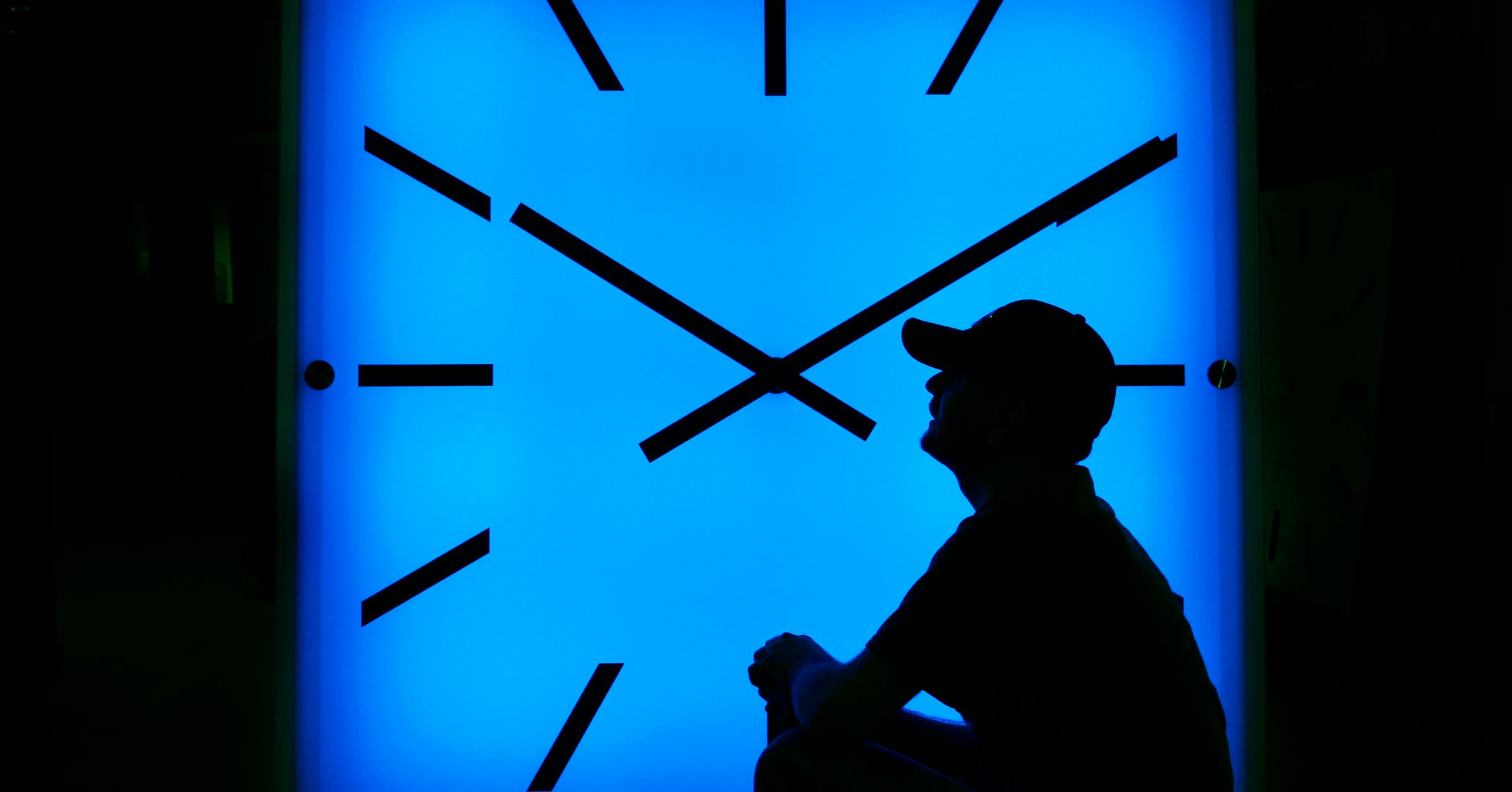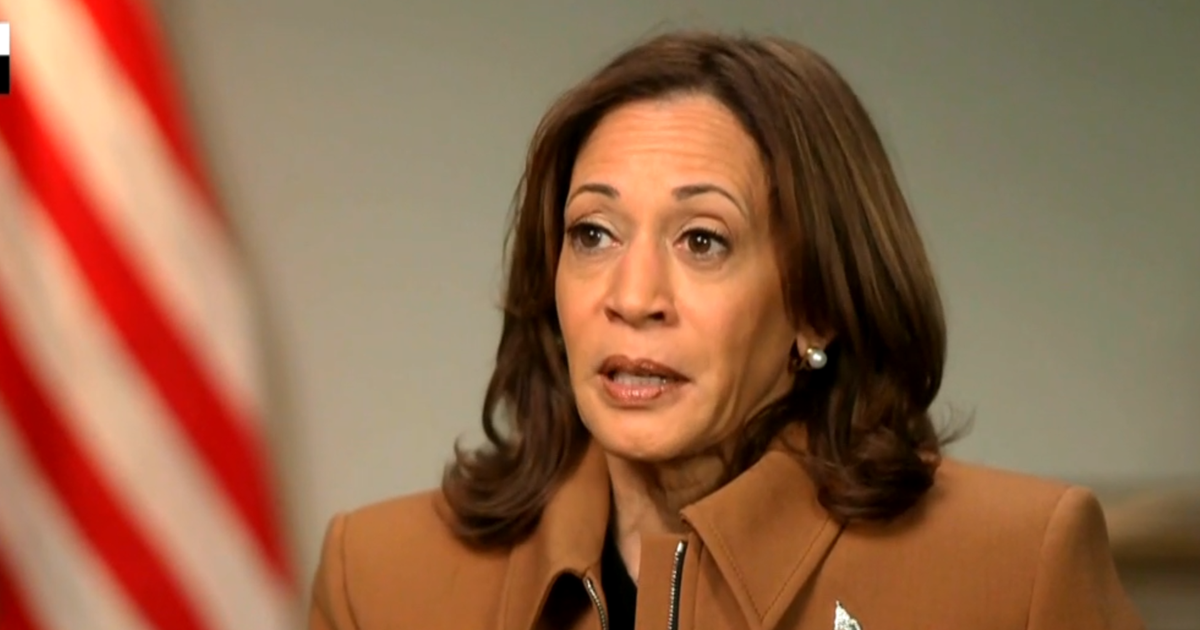Star Tribune
St. Paul City Council approves $844 million budget for 2024

The St. Paul City Council on Wednesday passed an $844 million budget for 2024, a taxing-and-spending plan with a focus on infrastructure, public safety and operational improvements.
St. Paul’s property tax levy will be $208 million, roughly a quarter of the city’s overall revenue and a 3.7% increase from this year.
The budget passed by a 6-1 vote, with Council Member Jane Prince dissenting. The adopted plan was largely the same as what Mayor Melvin Carter proposed in August, with a few minor tweaks and additions.
“From public safety to medical debt, this budget makes bold investments in our future while maintaining the discipline behind our city’s perfect credit rating,” Carter said in a statement Wednesday. “I appreciate the council passing it today.”
The owner of a $267,400 median-value home will see a city property tax bill of $1,230 in 2024, down $50 from this year. With additional charges for water, waste, recycling and sewer services, that same homeowner will pay an estimated $2,257 in total city taxes and fees, a rise of $7 from this year.
The relatively modest changes could come as a relief to homeowners who saw their city property taxes skyrocket last year, when St. Paul increased its levy by 15% and home values shot up.
The outlook may be bleaker for commercial and industrial property owners, some of whom will face steeper tax increases in 2024. The assessed values for those properties grew at a faster pace than the residential sector this year, meaning they will take on a larger slice of St. Paul’s tax pie.
“With a small levy increase, it appears that the public thinks that we have been cautious and careful,” Prince said Wednesday, alluding to the fact that just three people spoke at the city’s truth-in-taxation meeting held the prior evening. “But I feel like there were many other things we should have addressed.”
Debate over medical debt forgiveness
Much of the council’s debate centered around the mayor’s proposal to use $1.1 million of the city’s federal pandemic aid to partner with RIP Medical Debt, a nonprofit that would use the money to acquire and cancel up to $110 million in medical debt for tens of thousands of St. Paul residents.
Council Member Nelsie Yang proposed the council eliminate the appropriation and carry forward the aid into next year, when more discussions about potential uses of the funds could take place. Her motion, which drew support from Prince and Council Member Rebecca Noecker, failed by a 4-3 vote.
“There are other needs that could be prioritized just as much as medical debt,” Yang said, such as pay for frontline workers or assistance to Catholic Charities’ Higher Ground Shelter.
Other appropriations added by the council include:
“I think people in this room heard us argue about a few of the small things in a very large budget,” Council Member Chris Tolbert said. “Overall, this budget is a wonderful budget.”
Streets and public safety
City budget officials said while final projections won’t be finalized until later this month, their estimated revenue for 2024 increased since the summer — partly due to the 1% sales tax passed by voters last month for street and park maintenance.
The 2024 budget allocates $3.4 million for mill and overlay and skim paving work, and hires 5.5 full-time equivalent workers to help with snow plowing and street upkeep. In a letter last week, St. Paul Area Chamber President and CEO B Kyle urged the council to dedicate even more general fund sources to streets in the future, noting “there are still hundreds of miles of streets in need of repair and upgrade” that won’t be covered by the sales tax.
The budget also includes millions of dollars in public safety aid from the state, which St. Paul has said it plans to use on a suite of initiatives aimed at reducing gun violence, as well as long-awaited $8.8 million bump in local government aid from the state.
Many other taxing jurisdictions affecting St. Paul property owners have yet to vote on their final budgets for next year. Ramsey County is slated to approve a levy Tuesday, and St. Paul Public Schools will take up its budget on Dec. 19.
Star Tribune
This Rochester MN school police officer used to be a narcotics cop
Some take him up on it and fret when he’s not around.
“It is nice to be missed and be part of the school’s culture,” Arzola said. But mostly, he added, he wants kids to know that police aren’t around just for when the bad stuff happens. He’ll hand out his stickers and bracelets, even a trading card bearing his image. Then, they’ll talk about dogs and family.
School resource officer Al Arzola talks to students in his office at John Adams Middle School in Rochester on Oct. 11. (Leila Navidi/The Minnesota Star Tribune)
Two months ago, Rochester played host to a three-day training session for new SROs from across the state — an event organized by the Minnesota School Safety Center. On the final day, the 26 officers learned about surveillance challenges at the other school where Arzola works: Dakota Middle School.
It is a beautiful building with a scenic view. There is a lot of glass, too. Arzola, handling the role of instructor and tour guide, took the group outside and noted how one could look straight through the entrance to the large groups that gather inside. There were no curbs in front, either.
“There is nothing stopping any vehicle whatsoever from going through my front doors,” Arzola told the officers. “Law enforcement wasn’t talked to before this building was made. It was kind of like, ‘Here it is. You’re the SRO. Do what you do.’”
He showed them his office, too, which is separate from the main office and near those of other school support staff members. That makes sense, said Jenny Larrive, SRO coordinator for the Minnesota School Safety Center, given than SROs spend more time connecting with youth than on actual law enforcement.
Star Tribune
How Minnesota is recruiting poll workers in a divisive presidential election

“The basic rule in Minnesota is you cannot preemptively post law enforcement at a polling place,” he said. “A city can’t say, ‘Wow, Precinct Two, there’s a lot of intensity there, let’s just put a cop at the door.’”
Simon doesn’t go deep into the details on security, though. “I don’t want to give a total road map to the bad guys,” he said.
But testimony at the Capitol last year on behalf of the new law bolstering protections for election and polling place workers indicated there’s room for concern. One election worker was followed to her car by an angry voter; the head of elections in another county was called repeatedly on her home phone during off hours, and an official was lunged at by an aggrieved voter, forcing her to call the local sheriff.
Those who violate the law could now face civil damages and penalties of up to $1,000 for each violation.
The Brennan Center survey indicated more than four in 10 election leaders were concerned about recruiting enough poll workers due to threats of harassment and intimidation. This includes doxing — publishing a person’s personal information online in a threatening manner — and swatting, fake emergency calls that result in an armed response being sent to someone’s home.
“Election officials are working to prepare for everything right now,” said Liz Howard, director of partnership engagement at the Brennan Center. “More than 90% of election officials have made improvements to election security since 2020.”
Star Tribune
Daylight saving time ends next weekend. This is how to prepare for the potential health effects

The good news: You will get a glorious extra hour of sleep. The bad: It’ll be dark as a pocket by late afternoon for the next few months in the U.S.
Daylight saving time ends at 2 a.m. local time next Sunday, Nov. 3, which means you should set your clock back an hour before you go to bed. Standard time will last until March 9 when we will again ”spring forward” with the return of daylight saving time.
That spring time change can be tougher on your body. Darker mornings and lighter evenings can knock your internal body clock out of whack, making it harder to fall asleep on time for weeks or longer. Studies have even found an uptick in heart attacks and strokes right after the March time change.
”Fall back” should be easier. But it still may take a while to adjust your sleep habits, not to mention the downsides of leaving work in the dark or trying exercise while there’s still enough light. Some people with seasonal affective disorder, a type of depression usually linked to the shorter days and less sunlight of fall and winter, may struggle, too.
Some health groups, including the American Medical Association and American Academy of Sleep Medicine, have said it’s time to do away with time switches and that sticking with standard time aligns better with the sun — and human biology.
Most countries do not observe daylight saving time. For those that do — mostly in Europe and North America — the date that clocks are changed varies.
Two states — Arizona and Hawaii — don’t change and stay on standard time.
Here’s what to know about the twice yearly ritual.




